saitama japan
Saitama Japan: Everything You Need to Know!
James Lau
Posted on January 10, 2024
Share:
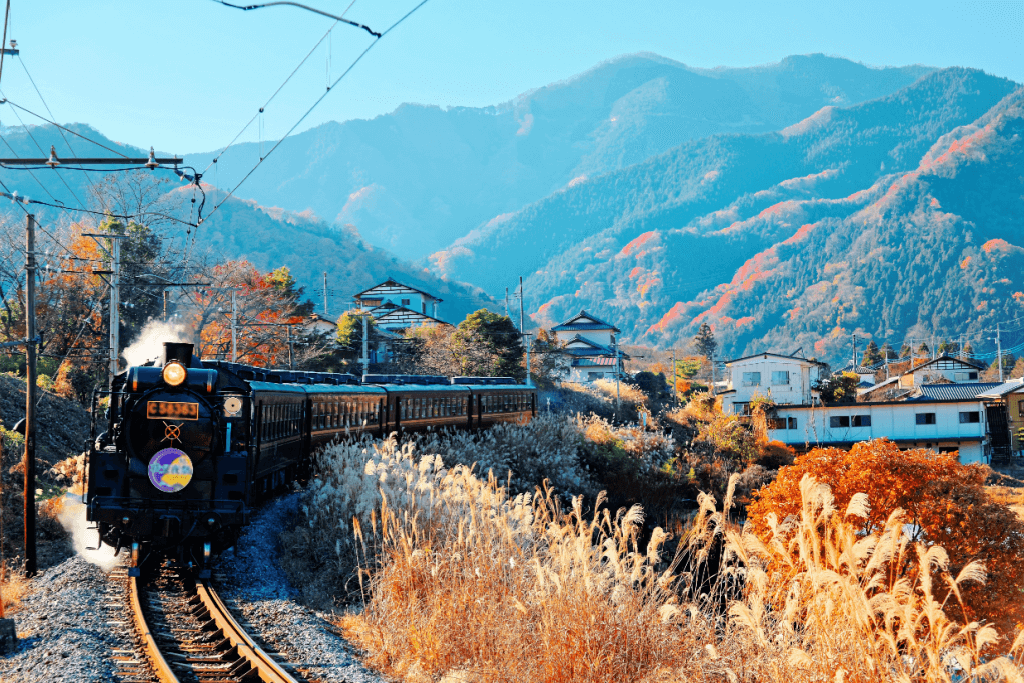
Uncover the treasures of Saitama, Japan, from shrines to museums. Experience unique festivals, eat treats like Saigyoku pears and Kaminari okoshi, and explore the art of Japanese calligraphy! Join us in Saitama for a blend of history, tradition, and culinary adventure! Let’s see what Saitama has in store!
Shrines and Museums in Saitama, Japan
Saitama also has several important shrines and museums! Musashi Ichinomiya Hikawa Shrine is famous for its historical value and commitment to Susanoo. The shrine has a calm atmosphere and comes alive during New Year celebrations! Issan Shrine hosts the Toji-Sai Festival during the winter solstice, featuring a ritual of walking barefoot through a bonfire for purification. Tsuki Shrine has stone rabbit statues and ties to luck, making it popular for athletes.
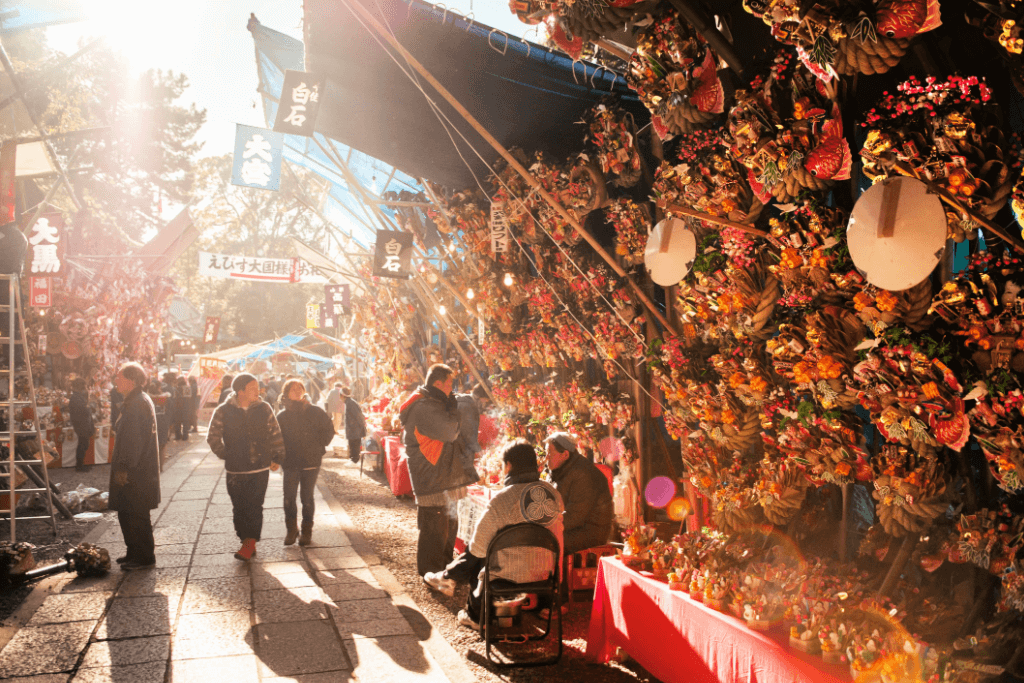
First, the Iwatsuki Ningyo Museum in Iwatsuki Ward showcases the artistry and historical significance of Japanese dolls (ningyo) dating back to the Edo period. Next, the Saitama Municipal Cartoon Art Museum is famous for manga and anime enthusiasts showing the evolution of manga and its impact on Japanese and global pop culture. Moreover, the Omiya Bonsai Art Museum teaches about the ancient Japanese art of bonsai, creating a blend of nature and art with its miniature landscapes!
These cultural spots also bridge Japan’s rich traditions and the global community, offering an understanding of the country’s creativity and artistic heritage. Whether exploring shrines for spiritual connection or museums for cultural exploration, Saitama City provides a unique experience for everyone!
Saigyoku Pears, Kaminari Okoshi, and Rakugan
Saigyoku pears, named after the Japanese word for “jade,” are known for their taste and emerald-green skin. Grown with care and traditional techniques, Saigyoku pear trees produce large fruits with remarkably juicy and sweet flesh. Not to mention, the legacy of this fruit continues to thrive, offering a taste of Japan’s dedication to pear perfection. All in all, Saigyoku pears provide a unique experience, inviting everyone to enjoy the history and tradition of Japanese pear growing.
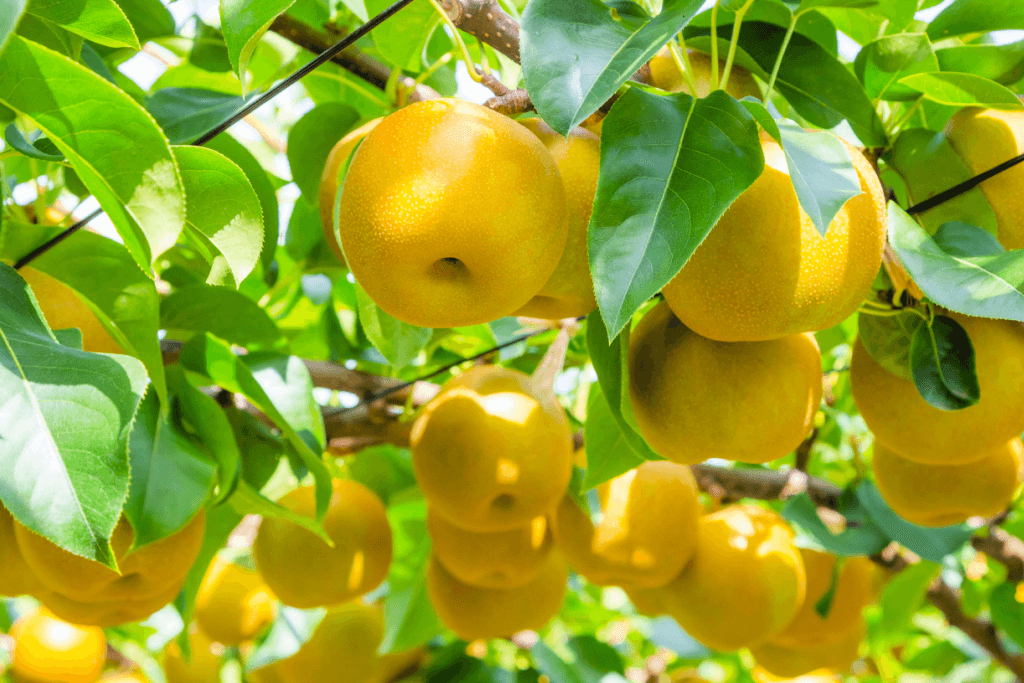
Kaminari okoshi, traditional Japanese rice crackers from the Edo period, are enjoyed for their simplicity and diverse flavors. Makers craft these classic Japanese rice crispy treats from rice, sugar, and various ingredients. While easily made at home, renowned shops offer professional variations, including brown sugar, green tea, and peanut-infused options. Overall, these stores also add to a rich culinary tradition, allowing everyone to experience a taste of history!
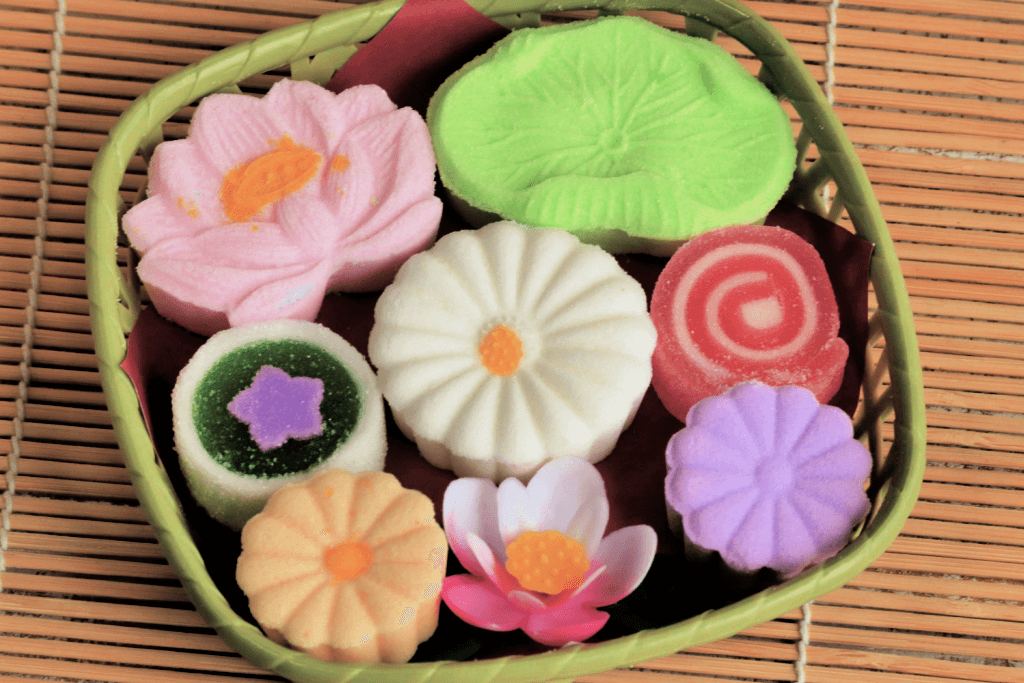
Finally, rakugan is a traditional Japanese rice flour candy with a history of over 400 years. Originally from Otsu, Shiga Prefecture, this delicate sweet is made by mixing rice flour, water, and sugar to create a paste and molding it into shapes. As the candy dries into edible art, it uses Otsu’s surroundings as inspiration. Famous sweet makers have captured rakugan’s original flavor because of its taste, making it available for everyone. Rakugan dissolves quickly in your mouth, making you want more!
Are you interested in enjoying some amazing snacks from regions like Saitama? Check out Sakuraco! Sakuraco delivers traditional Japanese snacks, teas, sweets, and snacks from Japan to your door every month so that you can enjoy Japan’s taste anywhere!
Calligraphy
Shodo, or Japanese calligraphy, is an art form from ancient China and was adopted by Japan in the 6th century. The evolution of shodo has resulted in five distinct writing styles, each with its unique characteristics strokes, and techniques. From the clear and bold Seal Script (Tensho) to the soft and cursive Semi-Cursive Script (Gyosho), these styles show the creativity and adaptation of Japanese calligraphy.
Practicing shodo is easy! To start, you need a fude brush, washi paper, a bunchin paperweight, and ink sticks or stones. This art form is incredibly popular as a hobby in Japan. It’s especially popular among students, and its popularity extends worldwide! Additionally, it’s popular with tourists eager to learn about Japanese culture. There are even classes in schools where students learn from teachers!
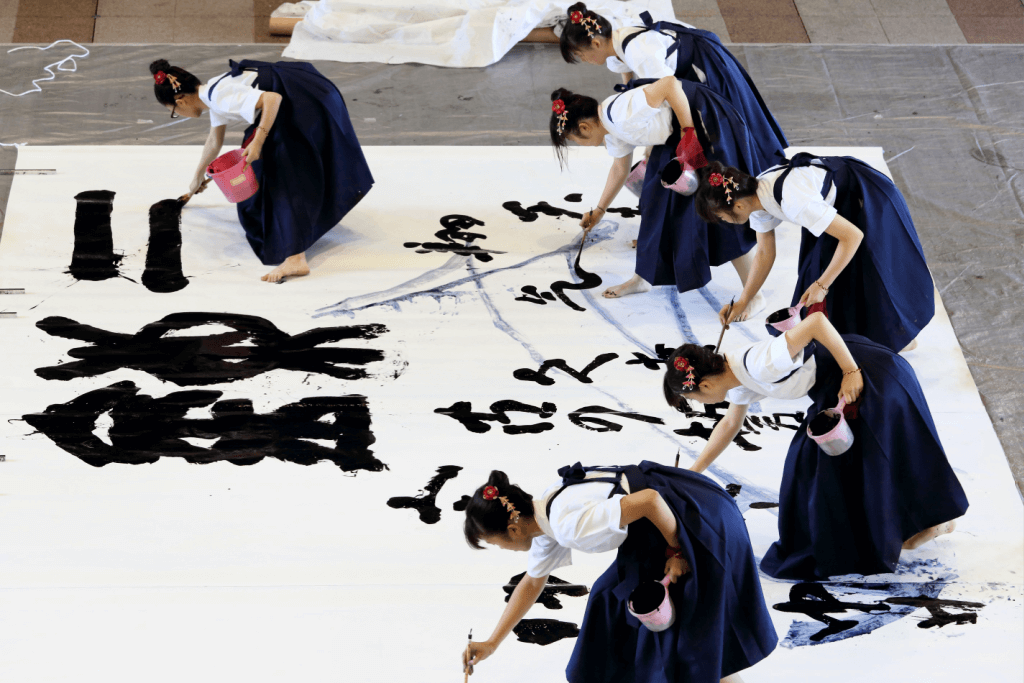
A unique tradition in Japan related to calligraphy is the “Kanji of the Year,” where a specific character is chosen at the end of the year to symbolize the nation’s mood or events. This tradition started in 1995 and provides an inside look into Japanese culture and society. Shodo is a personal and artistic journey into the beauty of the written word. It also has cultural significance through its materials, popularity, and special occasions like the “Kanji of the Year!”
Saitama, Japan is a wonderful place that blends ancient traditions with modern delights. Whether exploring historical shrines or learning about the world of Japanese dolls, Saitama has much to do! The region’s traditional foods, from Saigyoku pears to kaminari okoshi rice crackers, show off unique Japanese flavors while shodo continues to be popular! Saitama, Japan is waiting for you! Have you ever been to Saitama? What did you enjoy there? Let us know in the comments below!

Discover authentic flavors with Sakuraco
Get Sakuraco 

Discover authentic flavors with Sakuraco
Get Sakuraco 
Related Articles
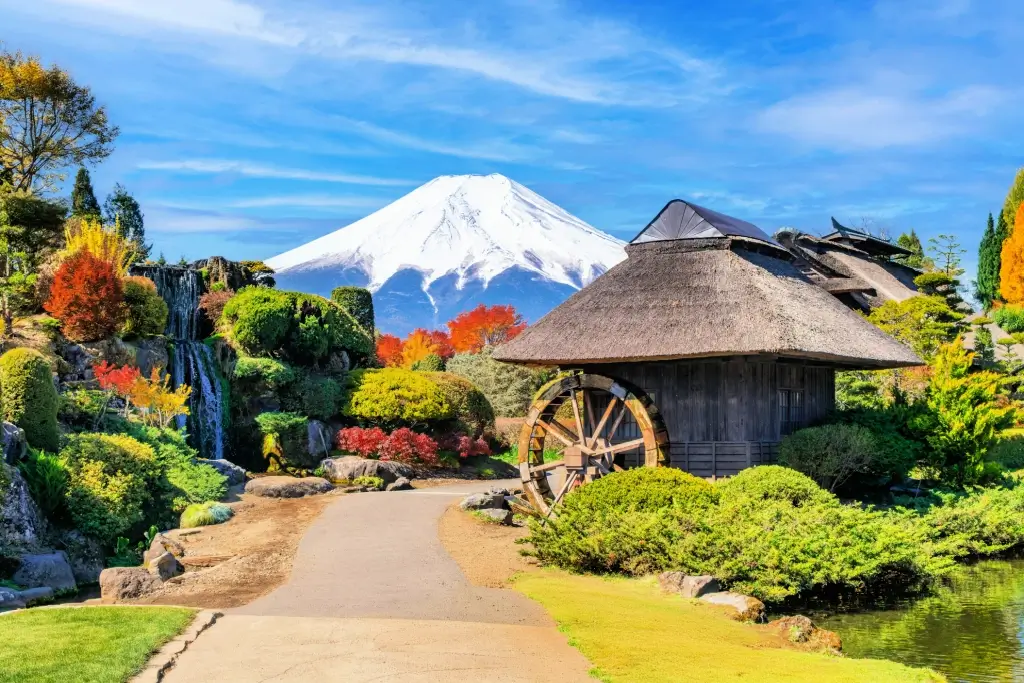
Best Time to Visit Japan: Nine Great Regions!
Japan is famous for its numerous beautiful natural landscapes and its ancient cultural traditions, which are still preserved today. Is now the best time to visit Japan? Let’s explore the nine regions of this nation and what makes each unique.

Kyushu Region: The Subtropical Island of Japan!
The Kyushu region in southern Japan offers natural beauty, rich history, and culinary delights. Comprising seven prefectures, Kyushu is full of attractions, from cities and volcanoes to hot springs and local food.

Kumamoto Food: Five Great Dishes to Try!
Whether exploring Kumamoto Castle or soaking in hot springs, sampling this prefecture’s signature dishes is essential to the experience!
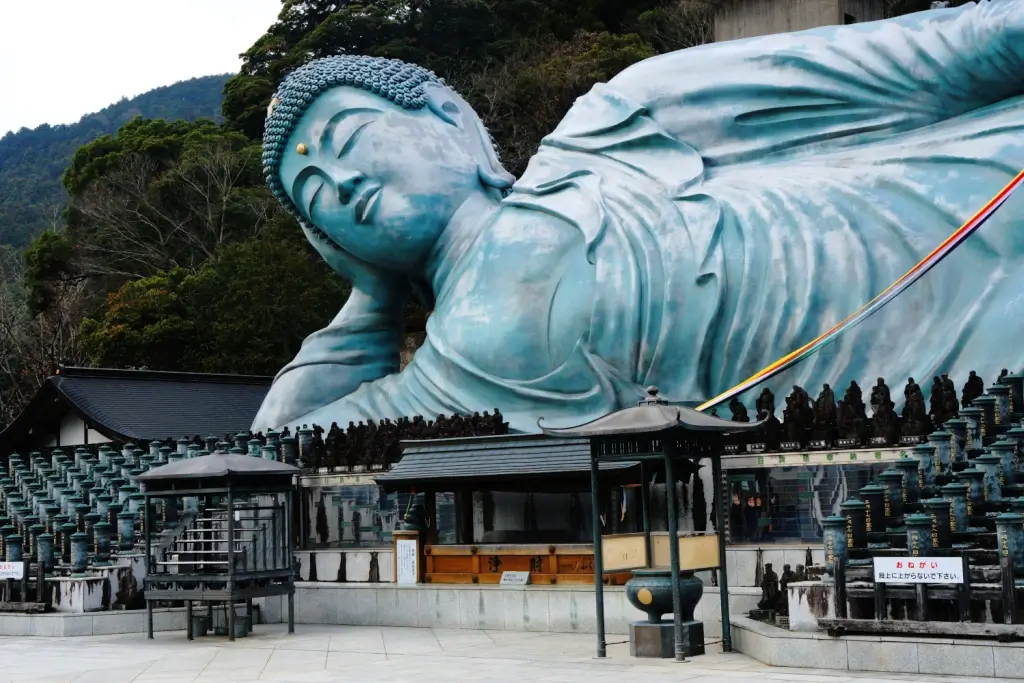
Fukuoka Travel: Enjoy Shopping and Sightseeing!
As one of Japan’s oldest and most culturally significant cities, Fukuoka must be on your following Japanese itinerary!



